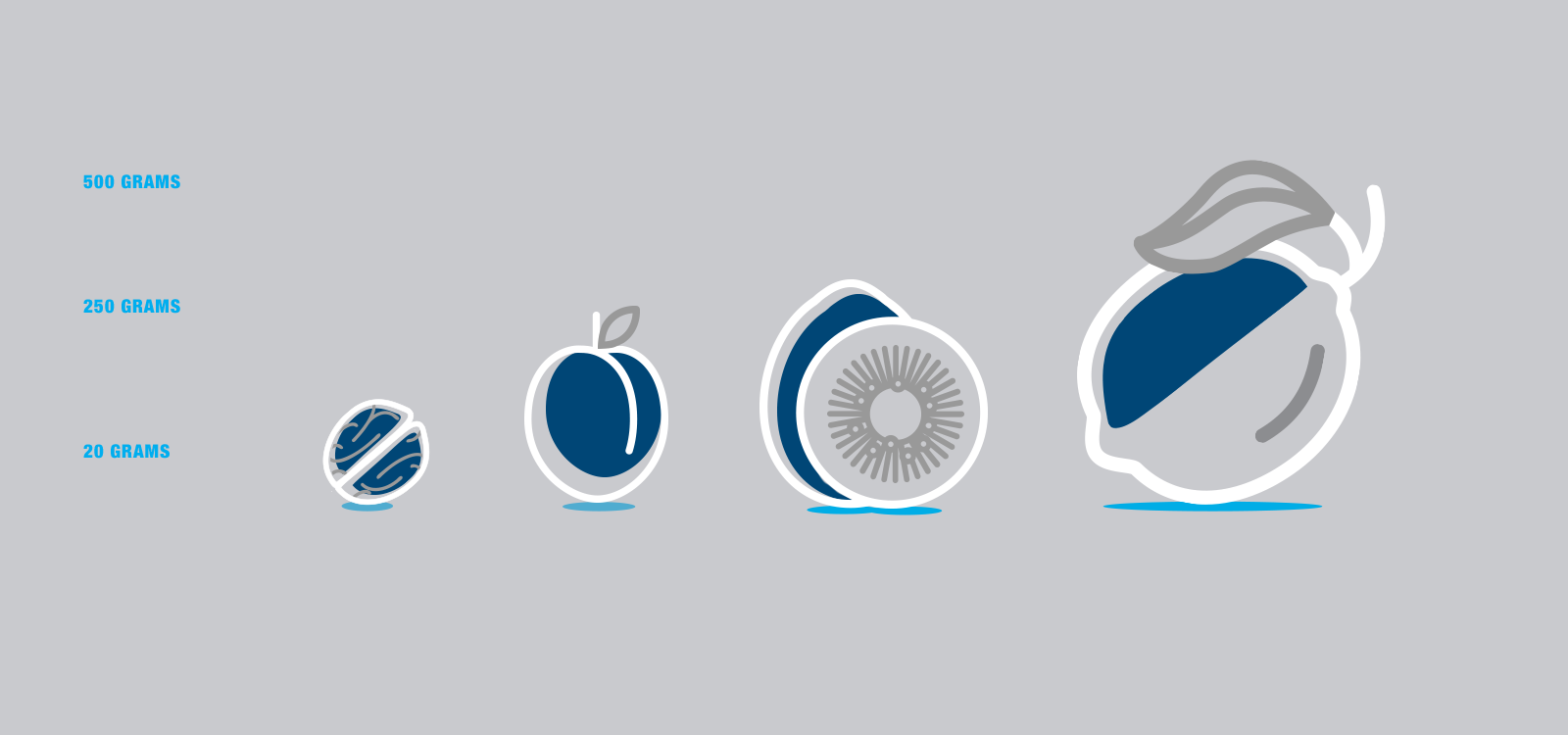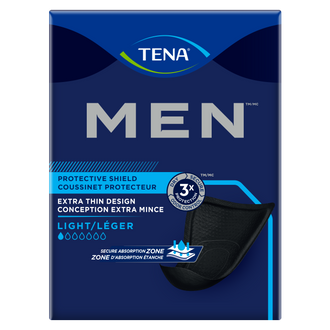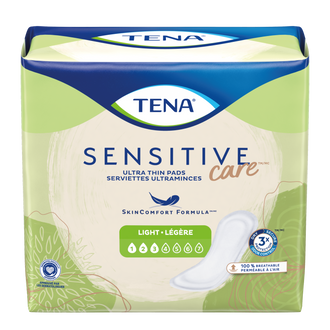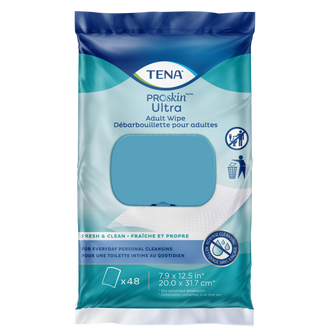Jul 24, 2024
Ever wondered why unexpected light leaks happen? You’re not alone!
We’re here to break down what light bladder leakage (LBL) is, identify common causes and triggers, and provide practical solutions for managing and preventing leaks. We want to give you the knowledge and tools you need to improve your quality of life and regain your confidence.
Understanding Light Bladder Leaks
Light bladder leakage (LBL) doesn't discriminate, it can affect anyone for all sorts of reasons and at any stage of life. And it is worth noting that the problem affects twice as many people Assigned Female at Birth (AFAB) than people Assigned Male at Birth (AMAB).1
During pregnancy and after giving birth, for instance, the added pressure on the bladder can weaken those pelvic floor muscles and lead to leaks.1
The good news? LBL is manageable with treatments and small lifestyle changes.
Defining Light Bladder Leakage (LBL)
Light bladder leakage (LBL), or stress incontinence, is the occasional, involuntary leakage of small amounts of urine that occurs during activities such as coughing, sneezing, or laughing.1
LBL is a common type of urinary incontinence and most often affects individuals assigned female at birth (AFAB) and up to one in three AFAB individuals may experience stress urinary incontinence at some stage.1 While it is less common in people AMAB, about 1 in 4 will deal with LBL. LBL can occur from nerve injuries to the pelvis, or even weakened pelvic muscles.1
Common Causes of Light Bladder Leakage
Light bladder leakage (LBL) can have several contributing factors. These include childbirth, aging, menopause, obesity, certain medical conditions such as diabetes, and lifestyle habits like diet and fluid intake.1
Stress Incontinence Explained
Stress incontinence is caused by abrupt pressure on the urethra, the tube that exits the body and delivers pee from the bladder.1 Urine can leak out of the urethra for a short while because of the pressure that opens the pelvic floor muscles that support your urinary system.1
Any movement, like sneezing, coughing, or bending over, can cause the bladder to contract.1
Understanding Urge Incontinence
Urge incontinence is a type of urinary incontinence causes you to leak urine when you feel an urgent need to pee.1
This type of urinary incontinence is caused by an overactive bladder and more than half of people with stress incontinence also have urge incontinence. Having both stress and urge incontinence is known as mixed incontinence.1
Identifying Triggers and Types of Light Bladder Weakness
Let's break down what can trigger light bladder leakage (LBL) and the different types of bladder issues you might encounter.
LBL can happen when you’re coughing, sneezing, laughing, or even lifting something heavy. Sudden movements can also catch you off guard. These actions put pressure on your bladder and can lead to unexpected leaks.1
Apart from LBL, there are other bladder challenges to be aware of. For example, overflow incontinence occurs when your bladder doesn't empty completely, and leaks happen when it gets too full.1
Understanding these triggers and types can help you figure out the best ways to manage and improve your comfort. Whether it's adjusting your daily routine or finding specific treatments, knowing more about your bladder health empowers you to take control and live more confidently.
Effective Strategies for Managing Light Bladder Leakage
Navigating light bladder leakage (LBL) doesn't have to feel daunting with the right strategies, you can effectively manage and reduce incidents of leakage. Some practical approaches to regain control and confidence in your daily life can include:
Bladder Training Techniques
One significant type of behavior therapy that can be useful in the treatment of urine incontinence is bladder training.2 Bladder training involves going to the bathroom at set times through scheduled voiding and delayed voiding techniques1:
The goal of this training is to increase the volume of fluids your bladder can hold and the amount of time it takes to fully empty. Additionally, it might lessen leakage and the sense of urgency around the issue.2
- Scheduled voiding: Set a regular schedule for bathroom visits, like every two to three hours, even if you don't feel the urge to go. This helps to retrain your bladder to hold urine longer and reduces the frequency of leakage incidents over time.2
- Delayed voiding: When you feel the urge to go to the bathroom, try to hold off for a few minutes before going to the bathroom. Gradually increase the time you wait before peeing, which can help increase bladder capacity and improve control.2
Importance of Pelvic Exercises
Pelvic floor exercises, or Kegels, can also help to improve LBL.1
You can incorporate Kegels into your daily routine discreetly, like while sitting or standing, to maximize effectiveness. Here's how to do Kegel exercises three times a day3:
How to do Kegels:
1. Make sure your bladder is empty and find a comfortable seated or lying position.
2. Tighten your pelvic floor muscles and hold for 3 to 5 seconds.
3. Relax those muscles and rest for another 3 to 5 seconds. Repeat this sequence 10 times, three times a day, morning, afternoon, and evening.3
Over time, these exercises can strengthen pelvic floor muscles, improving bladder control and reducing leakage.
Using Incontinence Pads or Guards
Incontinence pads and guards help to manage leaks discreetly. There is no need to feel embarrassed 11% of men over the age of 40 use purpose made products.5 Here are some options tailored to diverse needs and preferences for both men and women:
- TENA Men Maximum Guards: These guards are perfect for men who experience moderate to heavy leaks. They provide a secure fit and high absorbency and are individually wrapped for on-the-go protection.
- TENA Men Protective Light Incontinence Shields: The shields are designed with a thin and discreet cup shape tailored for men. They give a secure fit and protect against light bladder leaks. These shield pads are engineered to stay in place and designed specifically for the male body, offering triple protection against urine drips and dribbles.
- TENA Women Sensitive Care Very Light Liners: These liners are ultra-thin yet highly absorbent, making them perfect for light leaks. They offer discretion and comfort without compromising on protection.
- TENA Sensitive Care Ultra Thin Liners: These discrete liners are enriched with the SkinComfort Formula, featuring a skin-friendly layer and 100% breathable materials, these pads offer triple protection against bladder leaks, odor, and wetness, ensuring comfort and security for light bladder leakage, drips, and dribbles.
- TENA Sensitive Care Moderate Pads: These pads are the first to feature our SkinComfort Formula, combining a skin-friendly layer with soft, breathable materials to protect intimate skin. Designed for moderate leakage, they offer triple protection against bladder leaks, odor, and wetness, along with a Duolock core and cushiony foam side barriers for added comfort and security.
Practical Tips for Better Bladder Control
In addition to exercises and products, you should also consider these practical tips:
- Manage constipation: Stools that are hard to pass or infrequent will cause extra pressure in the pelvis and bladder.4 Consume a diet high in fiber, make sure you're getting enough water, and keep your elimination habits in check to help the bladder fill and empty more efficiently.4
- Avoid bladder irritants: Certain foods and drinks like caffeine, alcohol, artificial sweeteners, and spicy foods can irritate the bladder and increase urgency.4 Limiting these substances in your diet may help reduce LBL episodes.
- Stay hydrated: Although it may seem counterintuitive, drinking plenty of water helps maintain bladder health and function.1 Aim for about eight glasses (64 ounces) of water per day unless otherwise advised by your healthcare provider.
- Practice good bathroom habits: Take your time when using the restroom; rushing can lead to incomplete emptying of the bladder, which can contribute to leakage. A schedule helps prevent your bladder from becoming too full, resulting in a rush to find a restroom.4
Reclaim Your Confidence
We've covered some effective strategies here, like bladder training, pelvic floor exercises, and using quality incontinence products, that really can make a difference in managing light bladder leakage (LBL). These steps aren't just about managing leaks; they're about reclaiming your comfort and confidence in everyday life.
LBL is absolutely manageable, and by incorporating these tips into your daily routine, you should be able to see real improvements. Remember, there are many resources and solutions available to support you along the way.
You're not alone in facing this challenge, so stay proactive and explore what works best for you. With patience and determination, you can take significant steps toward living comfortably and confidently despite LBL.
References
1. Cleveland Clinic. ‘What causes stress incontinence’. 2021. Accessed 23 June 2024. Accessed: https://my.clevelandclinic.org/health/diseases/22262-stress-incontinence
2. UCSF Health. ‘Bladder Training’. Accessed 23 June 2024. Available from: https://www.ucsfhealth.org/education/bladder-training#:~:text=Bladder%20training%20is%20an%20important,urgency%20associated%20with%20the%20problem.
3. MedlinePlus.gov. ‘Kegel exercises- self-care’. 2023. Accessed 24 June 2024. Available from: https://medlineplus.gov/ency/patientinstructions/000141.htm
4. Mayo Clinic Health System. ‘6 helpful tips for managing urinary incontinence’. 2022. Accessed 23 June 2024. Available from: https://www.mayoclinichealthsystem.org/hometown-health/speaking-of-health/6-helpful-tips-for-managing-urinary-retention-and-incontinence
5. Medical News Today. ‘What to know about urinary incontinence after childbirth’. 2022. Accessed 23 June 2024. Available from: https://www.medicalnewstoday.com/articles/urinary-incontinence-after-childbirth







